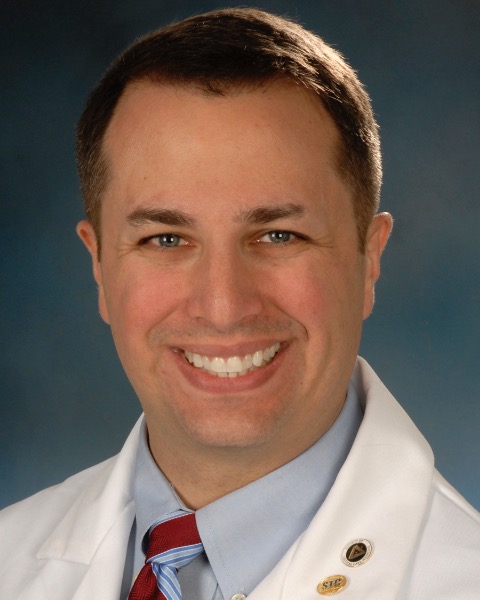Association Between Prehospital Lactate and Glucose With Early Multisystem Organ Failure in Trauma
-
JR
Justin Richards, MD
Assistant Professor of Anesthesia
University of Maryland School of Medicine, United StatesDisclosure information not submitted.
-
SD
Sagar Dave, DO
Fellow in Program in Trauma, Department of Surgery
University of Maryland Medical Center, R. Adams Cowley Shock Trauma Center
Atlanta, Georgia, United StatesDisclosure information not submitted.
-
PH
Peter Hu, PhD
Associate Professor of Anesthesiology & Surgery
University of Maryland School of Medicine, United StatesDisclosure information not submitted.
-
TS
Thomas Scalea, MD, MCCM
Attending
University of Maryland Medical Center, R. Adams Cowley Shock Trauma Center, United StatesDisclosure information not submitted.
-
SY
Shiming Yang, PhD
Assistant Professor
University of Maryland School of Medicine, United StatesDisclosure information not submitted.
-
DF
Douglas Floccare, MD, MPH, FACEP
Assistant Professor of Emergency Medicine
University of Maryland School of Medicine, United StatesDisclosure information not submitted.
-
AN
Andrew Naumann, BS, MA, NRP
Region II Administrator
Maryland Institute for Emergency Medical Services Systems, United StatesDisclosure information not submitted.
-

Samuel Galvagno, DO, MS, PhD, FCCM
Professor
University of Maryland School of Medicine
Pasadena, MD, United StatesDisclosure information not submitted.
First Author(s)
Co-Author(s)
Title: Association Between Prehospital Lactate And Glucose with Early Multisystem Organ Failure In Trauma
Introduction:
Prehospital biomarkers may predict injury severity, resource needs, and clinical outcomes. We hypothesize prehospital elevations of glucose and lactate after trauma would be associated with early multisystem organ failure (MSOF) and that there would be statistical interaction between concentrations of lactate, glucose, and MSOF.
Methods:
We performed a post hoc analysis of prospectively collected observational data. Adult patients transported via helicopter from the scene with the highest-level trauma activation to a tertiary care trauma center were enrolled. The primary outcome of MSOF was defined as a sequential organ failure assessment (SOFA) score >6 at 24-hours after admission. A multivariable logistic regression model assessed the contribution of glucose and lactate on the primary outcome. An effect modification term was created to assess statistical interaction between lactate (mmol/L), glucose (mg/dL), and MSOF.
Results:
Two hundred thirteen patients were analyzed; 24/213 (11.3%) met criteria for early MSOF. There was no association of MSOF with prehospital systolic blood pressure (136 mmHg [IQR 110-147] vs 138 mmHg [IQR 123-154], p=0.15), heart rate (100 beats/min [IQR: 72-108] vs 88 beats/min [IQR 75-103], p=0.57), or frequency of prehospital fluid boluses (7/24 [29.2%] vs 17/169 [19.6%], p=0.27); however, older patients were more likely to have MSOF (58.5 [IQR 43-67] vs 43 [IQR 28-58], p=0.01). Prehospital glucose (186.4±62.6 vs 124.3±47.5, p< 0.01) and lactate (4.2±2.3 vs 3.0±1.9, p< 0.01) were associated with MSOF. The multivariable logistic regression model demonstrated that prehospital glucose (OR: 1.14, 95% CI 1.06-1.56) and lactate (OR: 1.24, 95% CI 1.07-1.22) were independently associated with an increased risk of MSOF, after adjusting for age. Area under the receiver operating characteristic curve was 82.5%, indicating acceptable diagnostic model fit. Secondary analyses failed to reveal evidence of statistical interaction.
Conclusions:
Prehospital concentrations of glucose and lactate are associated with the development of early MSOF after traumatic injury. These data contribute to a growing body of literature supporting the value of simple point-of-care tests in the field for trauma patients.
